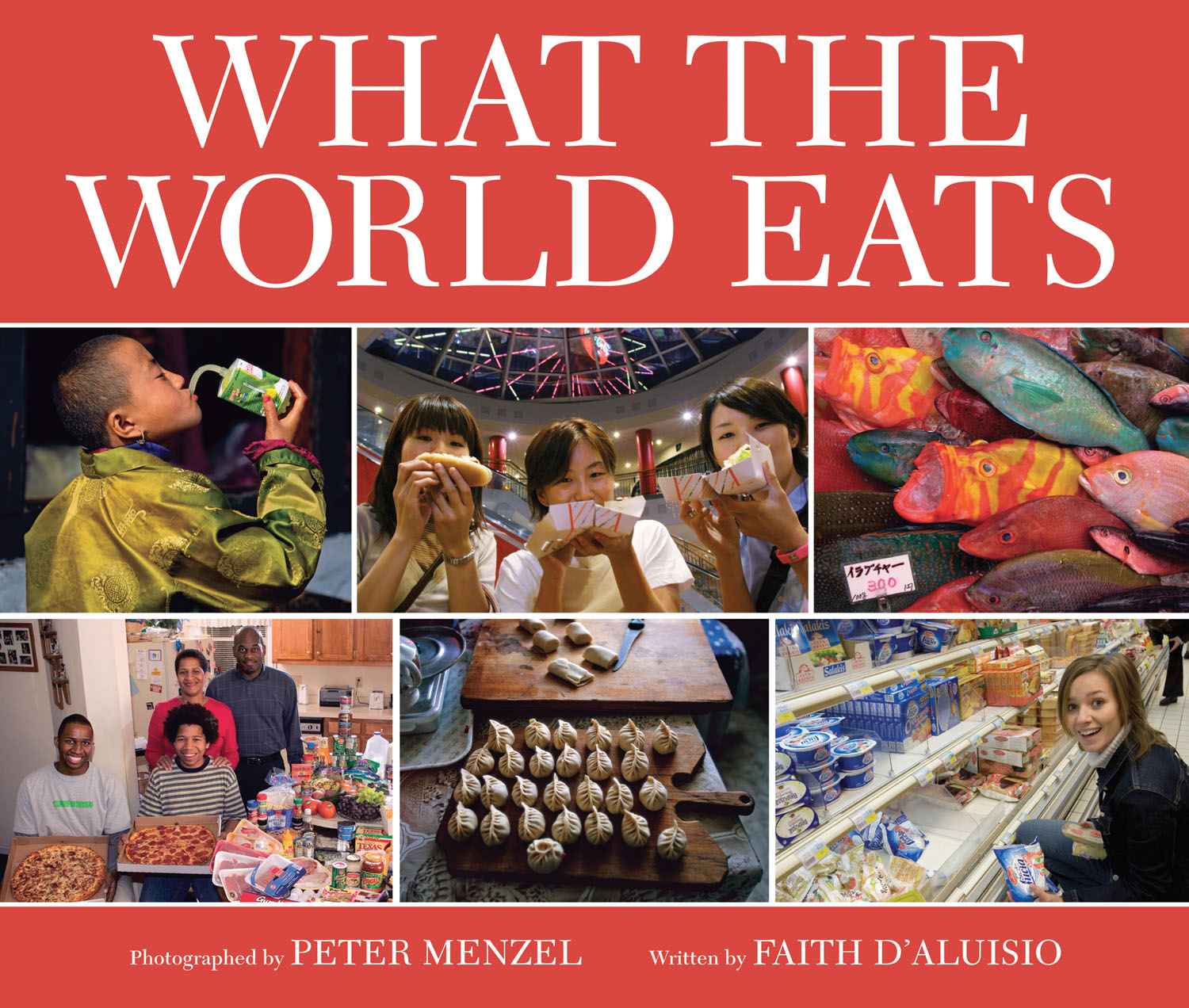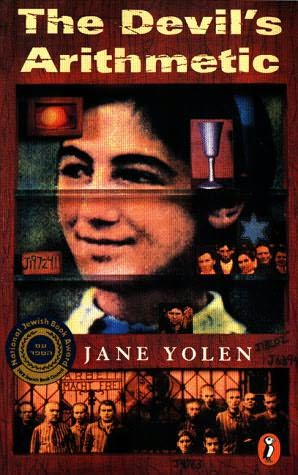Module 9
Howe, J. (2001).
The Color of Absence. New York: Atheneum Books for Young Readers.
The introductory quote is a line from a poem by W. S. Merwin about grief drawing the color of absence through everything as a needle draws thread. Everything takes on the tinge of what is missing. These stories range from a vampire tale to realistic stories of love and life and death. Some end with utter tragedy, others have a hint of hope.
My View:
Here is the poem by W. S. Merwin:
Separation
Your absence has gone through me
Like thread through a needle.
Everything I do is stitched with its color.
In the past, regime changes or dynastic evolutions have been the stimulus for the renumbering of the year. How the ancient Sumerians numbered the years I don’t know, but I do know that after historically important events, there have been civilizations that have said, in essence, “Life is completely different now than it was. Here, then, begins a new numbering system.” I have a big thick binder filled with heavy, creamy blank paper. For several years now I have been listing in order all the books I read, along with the bibliographic information and a brief impression of the story. In a way, those entries are rather like this blog, though these blog entries are far more extensive. I write just enough in that binder to trigger memories and put down certain crucial information. It is a completely private thing, and my cryptic notes probably wouldn’t mean much to anyone but my own self.
But because it is so personal, when Roger died I turned to my binder and saw how the pages were filled with books we had shared, journeys he and I took together or separately but that followed a similar contour to shape our lives. For years I would keep track of how many books I had read over the course of the year by beginning again at One every January. But last September I drew a thick line across the page and started my numbering all over again. This renumbering acknowledges in a very small way how his absence has colored every aspect of my life.
“Young adult readers will appreciate that while some of the stories end with the bleakness of loss, others end with the suggestion that healing is possible, offering a sense of hope and renewal.”
McCaffrey, B. (2001). The Color of Absence.
Horn Book Magazine 77(5), 586.
Ideas for the library: The first story in here is a vampire tale. That alone should help this book find a ready audience. But of course not everyone would persevere through the other stories. I think instead of taking the easy way—the vampire way, I will talk about this book to teens after a breakup, after a loss, at a time of grief. Better yet, I’ll share this book with Kath Ann, who has a great rapport with the teens and can approach them more easily. Actually, they come to her with their troubles, and this could be a bandage for some. Yes, she should know about this. It’s not bibliotherapy so much as a careful look at what absence is, or is not.













